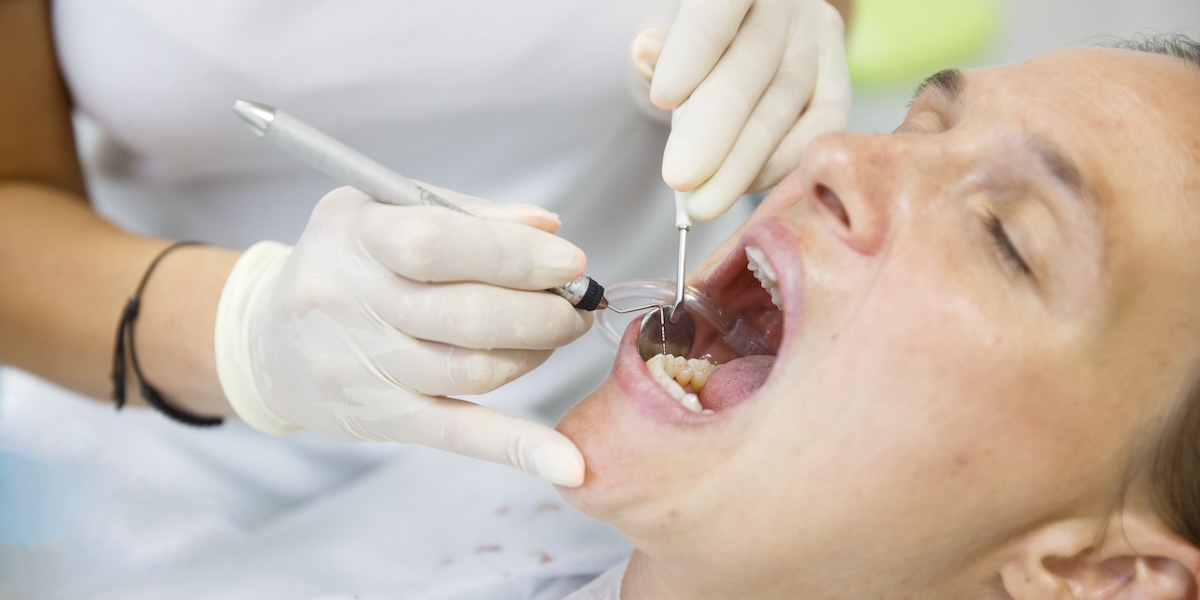
Gum disease, known as periodontal disease, stands as a significant contributor to tooth loss. This disease progresses through two primary stages. When detected and addressed in its initial stage, it can often be reversed, averting tooth loss. To prevent gum disease, it is crucial to maintain good oral hygiene practices and undergo dental cleanings and check-ups twice a year.
During your dental visits, if gum disease is identified, we will guide on enhancing home care practices and suggest specialized treatments within our office to combat the disease.
Gingivitis – Early Stage of Gum Disease
Gingivitis solely affects the soft tissue of the gums, often without causing discomfort to the patient. Despite the mild symptoms, early diagnosis of gum disease is essential before it progresses to periodontitis.
Signs of Gingivitis may include:
- Swollen or bleeding gums
- Persistent bad breath or a metallic taste in the mouth
- Receding gums
- Widening gaps between teeth
Periodontitis – Advanced Stages of Gum Disease
Periodontitis represents the advanced stage of gum disease, where not only the gums but also the bone structures supporting the teeth are compromised. Without regular dental visits, symptoms may remain unnoticed until moderate periodontitis manifests.
Healthy Gums
Healthy gums are characterized by firm, pink tissue firmly attached to the teeth and upheld by sturdy bone structures, ensuring robust tooth support.
Gingivitis
Gingivitis stems from bacterial accumulation, evident in early-stage inflammation around the gums, marked by redness and swelling. Gum sensitivity or bleeding during brushing indicates the presence of Gingivitis, emphasizing the necessity of plaque removal to forestall gum disease progression.
Early Periodontitis
With heightened inflammation, the gums recede, forming periodontal "pockets" where bacteria, food particles, and plaque accumulate, leading to infection and subsequent bone damage.
Moderate Periodontitis
Symptoms exacerbate as inflammation spreads, potentially causing discomfort. Further bone loss occurs, teeth loosen, and gum recession intensifies.
Advanced Periodontitis
This stage often culminates in tooth loss, accompanied by painful abscesses resulting from deep-seated infections beneath the gums.
